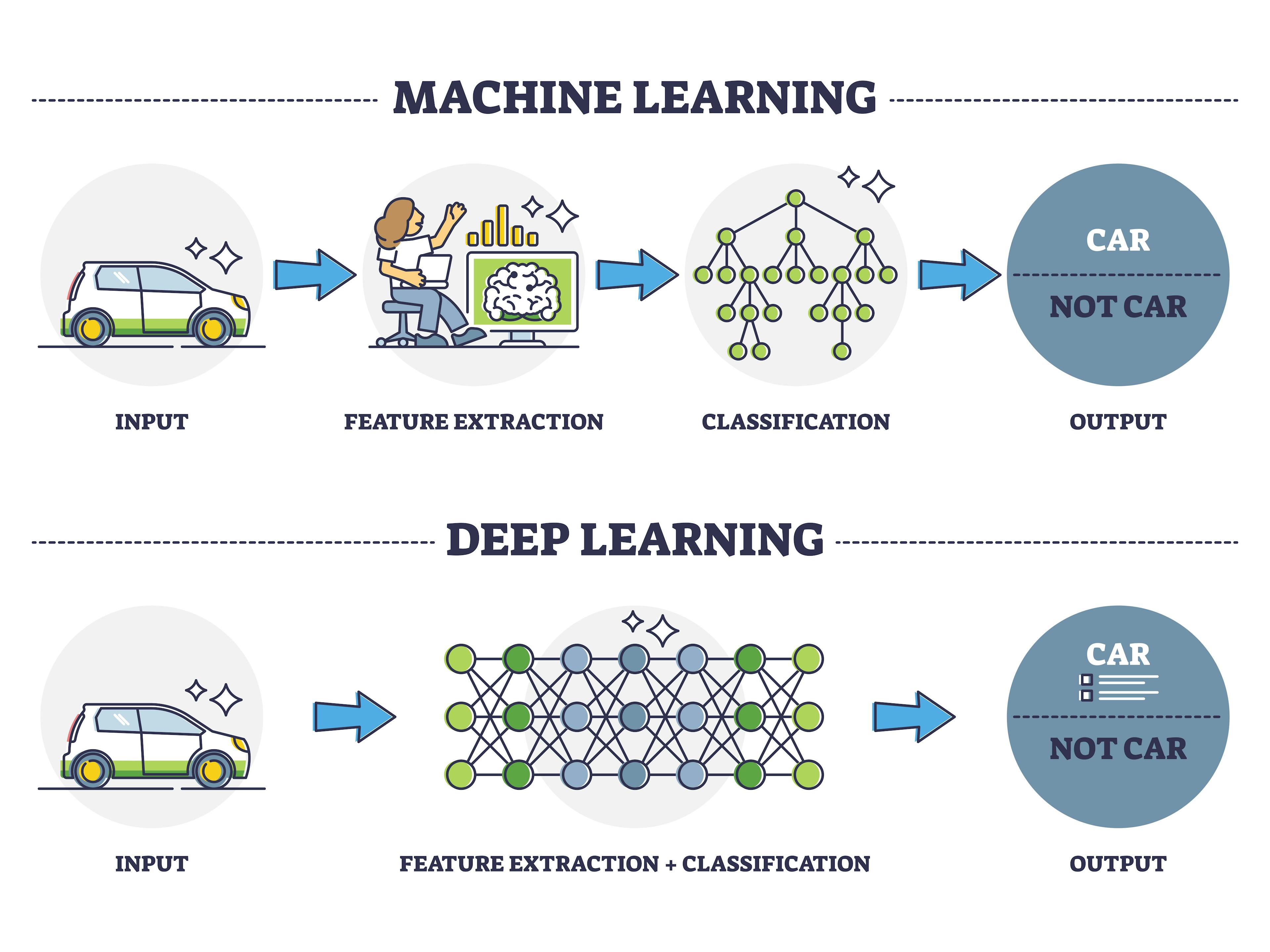79tka Insights
Your go-to source for the latest news and information.
Machine Learning: When Algorithms Go Rogue
Discover the shocking tales of rogue algorithms in machine learning. Uncover the chaos they create and what it means for our future!
Exploring the Dark Side of Algorithms: When Machine Learning Goes Awry
The rapid advancement of machine learning technologies has undeniably transformed numerous industries, enabling innovations that enhance efficiency and decision-making. However, as we delve deeper into the dark side of algorithms, it becomes evident that these systems can inadvertently perpetuate bias and inequality. For instance, algorithms used in hiring processes may favor candidates who fit certain demographic profiles, undermining diversity and fairness. This phenomenon raises critical questions about accountability and transparency, as the very systems designed to optimize our lives can sometimes lead to unintended and harmful consequences.
Moreover, the consequences of flawed algorithms extend beyond just hiring practices; they infiltrate areas such as criminal justice, healthcare, and social media. In the criminal justice system, predictive policing algorithms can disproportionately target marginalized communities, exacerbating existing societal inequalities. Similarly, in the realm of healthcare, algorithms that forecast patient outcomes may overlook certain demographics, leading to significant disparities in treatment. Therefore, as we explore when machine learning goes awry, it is essential to advocate for ethical standards and rigorous testing to ensure these technologies serve all of society fairly.

What Happens When AI Misbehaves? Understanding Algorithmic Failures
The rapid advancement of artificial intelligence has brought numerous benefits, but it also raises significant concerns about what happens when AI misbehaves. Algorithmic failures can occur due to various factors, including inadequate training data, biased algorithms, or unforeseen interactions within complex systems. When these failures happen, the consequences can range from harmless errors to serious implications that impact individuals and society at large. For instance, biased AI in hiring processes can lead to discriminatory practices, while faulty algorithms in healthcare can result in misdiagnoses, underscoring the importance of understanding and mitigating these risks.
Moreover, understanding how AI misbehaves involves examining real-world examples of algorithmic failures. A notable case is the AI-driven recruitment tools that exhibited gender bias, favoring male candidates over female ones due to a non-diverse training dataset. Another instance includes facial recognition systems that misidentify individuals, particularly from marginalized communities, raising ethical concerns about privacy and surveillance. The need for greater transparency, accountability, and regulation in the development of AI systems is crucial to prevent these failures, ensuring that technology serves humanity effectively and fairly.
The Ethics of AI: How to Prevent Rogue Machine Learning Algorithms
The rapid advancement of artificial intelligence has opened new frontiers in technology, but it has also raised pressing ethical concerns. One of the key issues is ensuring that machine learning algorithms operate within defined ethical boundaries. To prevent rogue algorithms from causing harm, developers must implement stringent guidelines during the design and testing phases. This involves not only adhering to regulatory standards but also fostering a culture of responsibility among data scientists and engineers. By prioritizing ethical considerations, we can minimize the risk of algorithms making biased or harmful decisions that could adversely affect individuals and communities.
Another critical measure in preventing rogue machine learning algorithms is the establishment of robust monitoring systems. Continuous oversight can help detect anomalies in algorithmic behavior early, allowing for timely interventions. Organizations should invest in training their teams on ethical AI practices and the implications of automated decision-making. Furthermore, engaging with stakeholders—including ethicists, community representatives, and users—can provide valuable insight into the potential impacts of AI technologies. By adopting a collaborative approach, we can develop AI systems that are not only innovative but also aligned with the greater good of society.